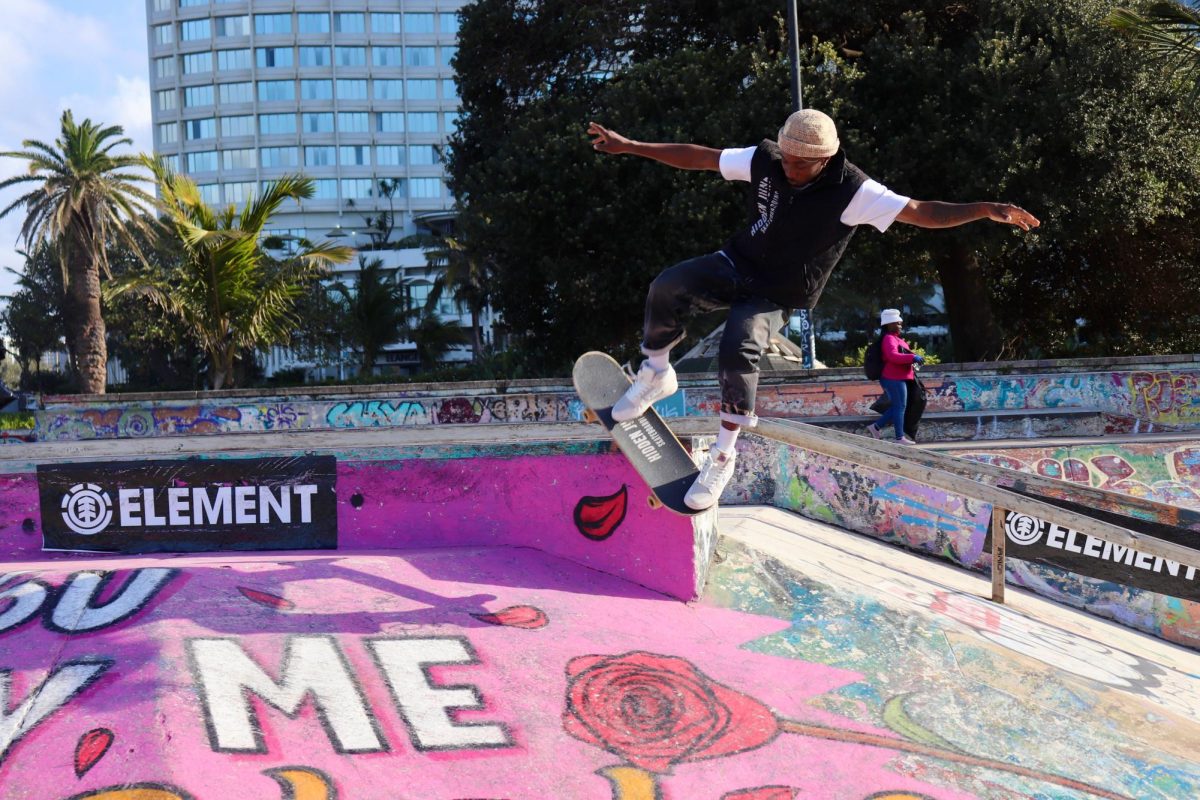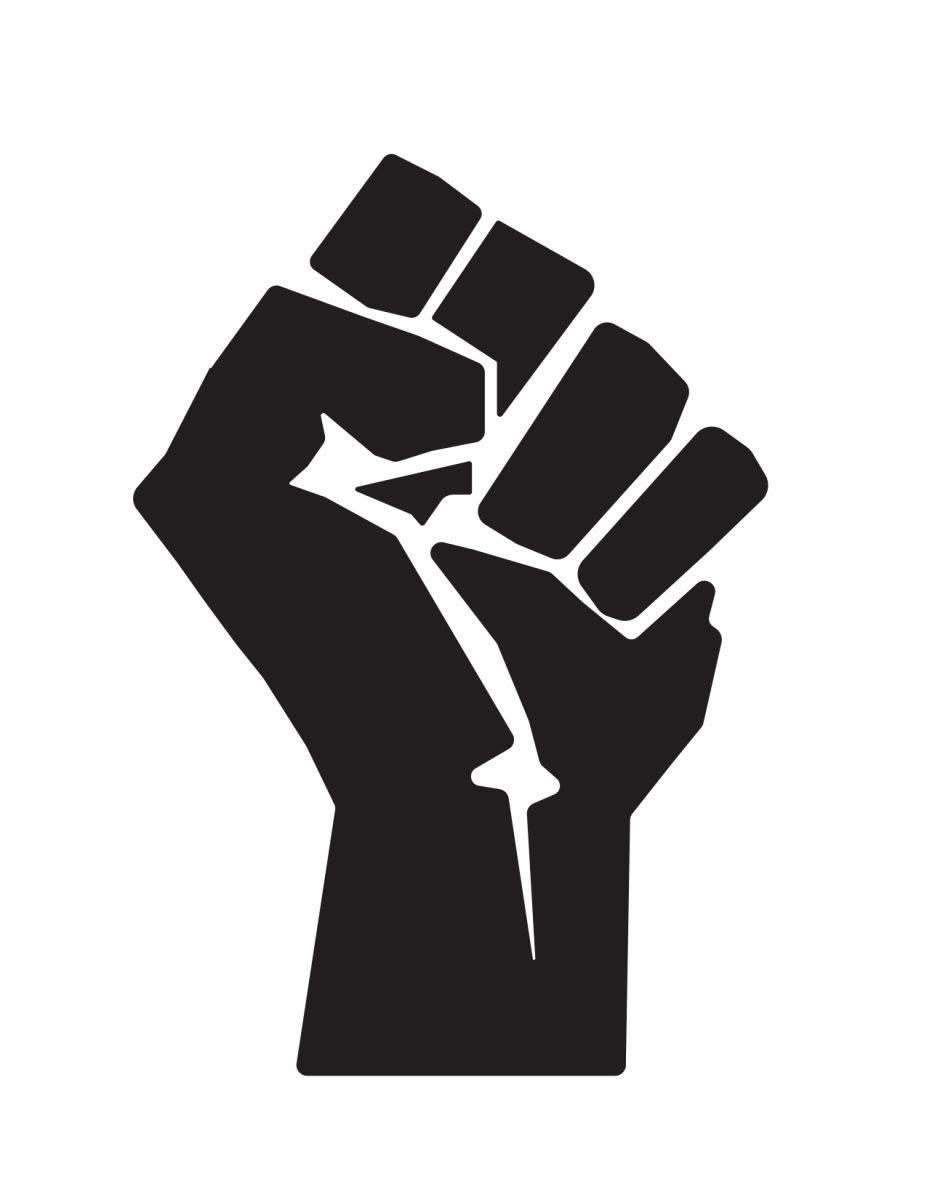Drawing comparisons between today’s kneeling and past salutes
Colin Kaepernick, the former San Francisco 49ers quarterback, began a revolution when his knee hit the ground during the national anthem played before a game on Aug. 26, 2016.
Controversy over the gesture started immediately. A year and two months later, Kaepernick is still out of a job, but players in the National Football League (NFL) have continued to rally together and kneel. This protest has become a symbol against racial oppression that takes place in the United States.
While some might find this action unprecedented, taking a look back at history tells a different story. In 1968, America was in a time of great distress. In addition to the Vietnam War, Martin Luther King Jr. had been assassinated. King had become the face of the Civil Rights movement, which demanded equal rights for African-Americans. Losing King was similar to a candle being blown out, leaving only the engulfing darkness.
In October 1968, the Summer Olympics were held in Mexico City, Mexico. For the United States, Tommie Smith and John Carlos delivered on the track, with Smith winning the gold and Carlos bringing home the bronze in the 200-meter sprint. What ended up stealing the show, however, was what the duo did off the track. During the medal ceremony, the two athletes took off their shoes to represent the issue of poverty and raised their fists in support of black power when the national anthem played.
The repercussions were swift, as Smith and Carlos were immediately suspended from the U.S. team. In addition, they received death threats and were made to be “villains.” However, neither man regretted their actions.
The parallels that can be drawn from the 1968 Olympics and taking a knee today are plentiful. Both occurred at a time when racial tensions were high. Both were done on the national stage by athletes that people look up to. Those athletes face both praise and criticism for what they’re doing.
The one similarity that stands out in particular is what these actions stand for: civil justice, equality and peace. Today, these athletes show their awareness for what is happening in today’s and yesterday’s world, and remind the world of athletics that there are people who are still calling for a change.








































